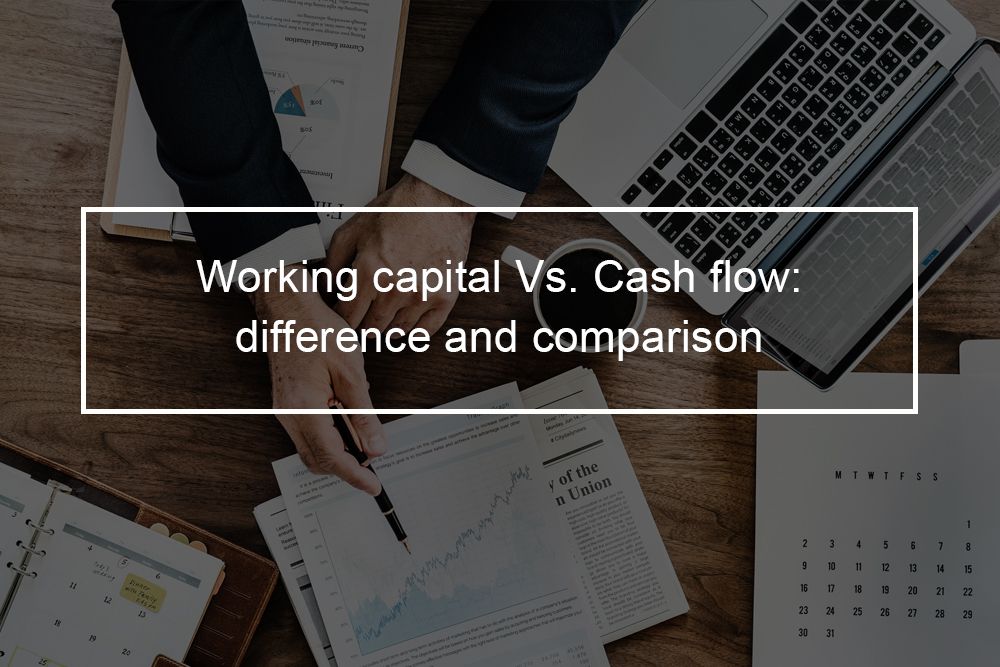
Whether you’re a small business or a Fortune 500, good accounting must always be a priority. Understanding the financial health of your company will help you make more informed decisions, including differentiating between working capital and cash flow.
Working capital affects cash flow, and the interplay between the two can be confusing. However, they look at two distinct metrics. Once you grasp the function of each, they’re easy to take advantage of.
Cash flow is the money flowing through your company over a specific time period. For most companies, it’s in thirty-day increments. Specific metrics can have large impacts on cash flow.
Cash flow can be compared to personal finances. Expenses, or negative cash flow, occur when expenses are less than what you’re bringing in. Income or revenue, on the other hand, generates positive cash flow that can be reinvested.
Cash flow doesn’t give you net profit. Instead, it reflects the liquidity of your business, based on various factors. A strong accounting strategy includes preparing a cash flow forecast using an accounting tool with essential features.
Working capital is the overall operating money available after debts are removed. It’s what you get when you remove current liabilities from current assets. It can include inventory, equipment, investment value, cash on hand, accounts payable, deferred revenue, and debt.
Having access to positive working capital is important as it helps insulate a business against unexpected events. The current ratio is a good indicator of working capital and requires a thorough accounting of assets and liabilities.
Cash flow describes the money moving in and out of your company within a given timeframe, while working capital compares your business’s assets and liabilities.
Cash flow provides a snapshot of the cash you’re generating within a specific period. Working capital considers both liabilities and assets that can be converted into cash or other subsequent liabilities due in fewer than 12 months.
Managing working capital and cash flow involves proper inventory management, payments to vendors, insurance protections, managing debtors, proper invoicing and amounts receivable processing, and considering long-term investments.
Understanding cash flow and working capital, and being able to analyze your balance sheet, is crucial for maintaining financial health, especially in uncertain times. A company that isn’t on top of its game in terms of financial health can easily find itself in the red.
Hello!
I’m Andrew Brooks, a seasoned finance consultant from the USA and the mind behind phonenumber247.com.
My career is built on a foundation of helping individuals and businesses thrive financially in an ever-changing economic landscape. At phonenumber247.com, my aim is to demystify the complex world of finance, providing clear, actionable advice that can help you navigate your financial journey with confidence. Whether it’s personal finance management, investment strategies, or understanding the nuances of market dynamics, I’m here to share insights and tools that can propel you towards your financial goals.
Welcome to my digital space, where every piece of advice is a step closer to financial clarity and success!
